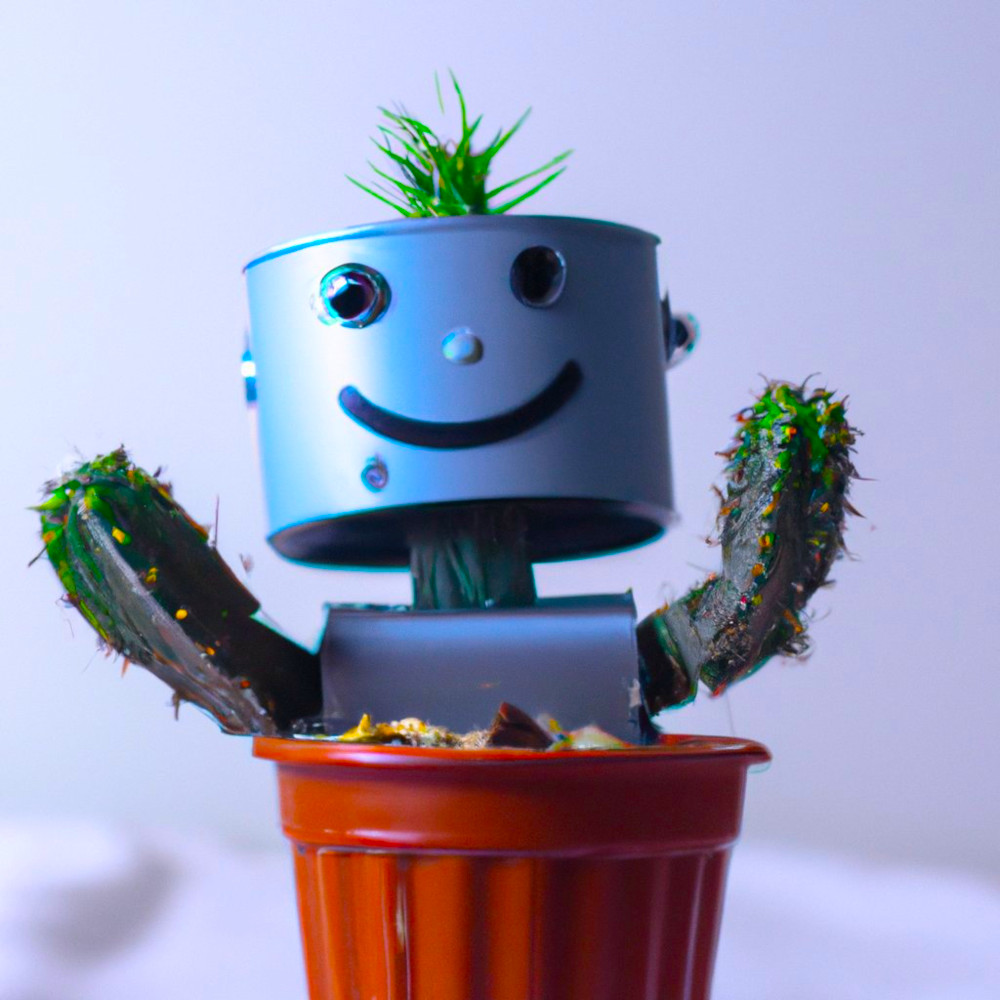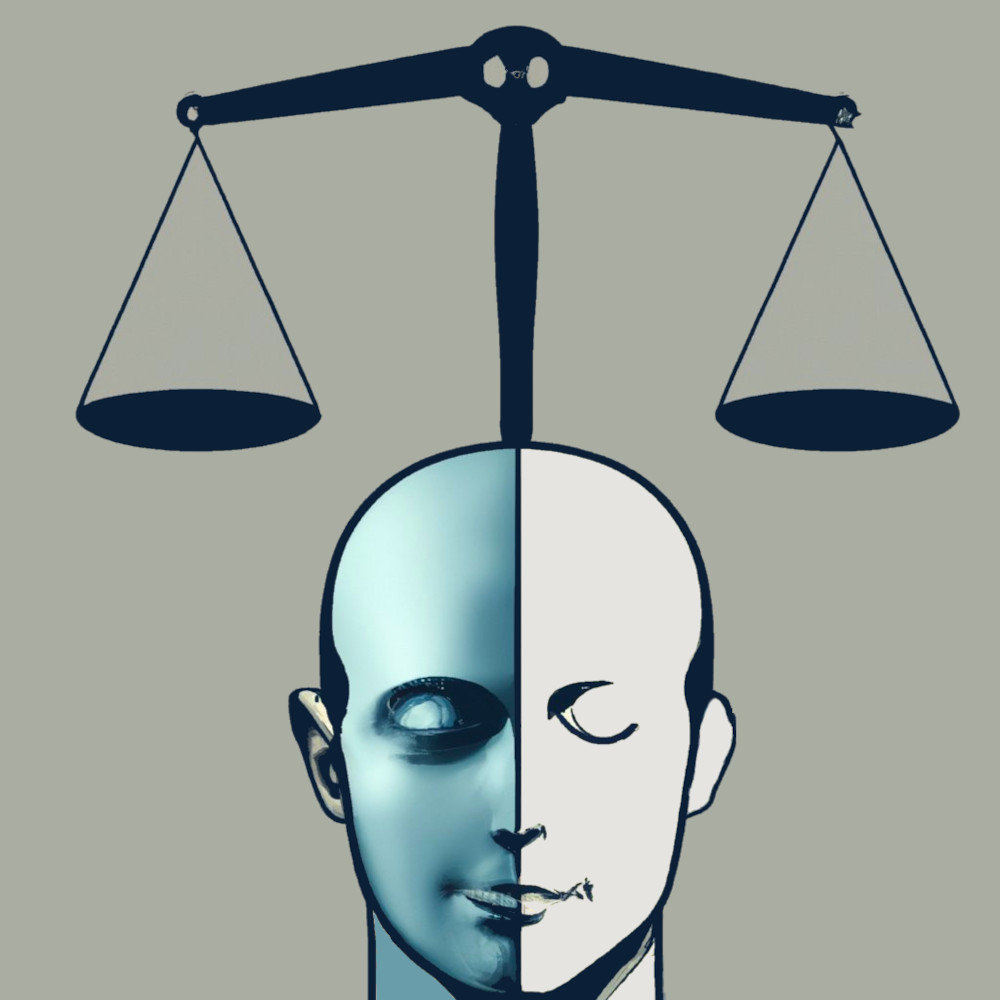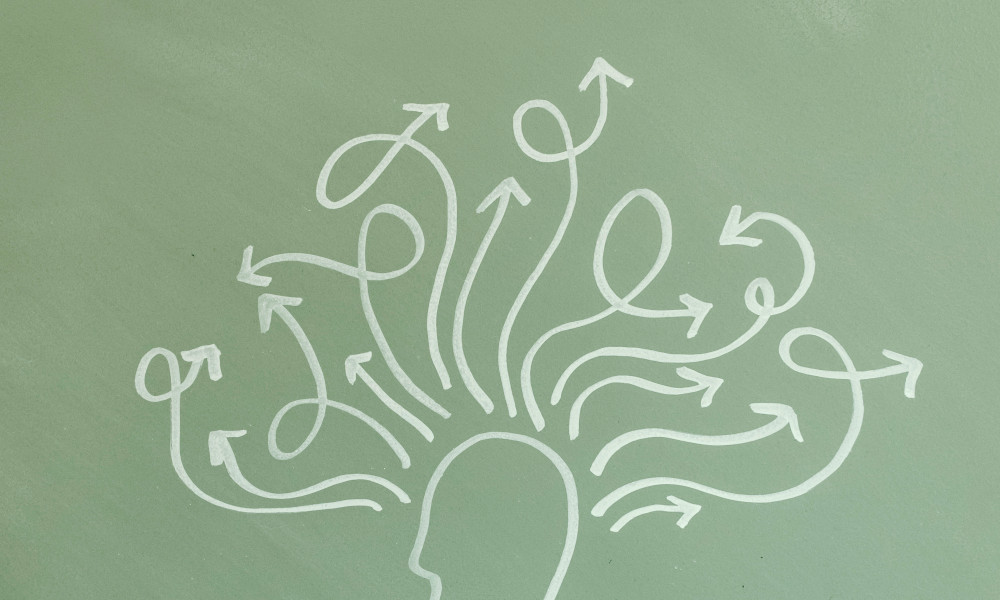Are you using AI Writers to complete your coursework or write papers for you? If not, are you considering it? Tools like Caktus AI are now available for students to complete coursework and write essays. You should be aware of some considerations that may not be evident at first.
I have written this article to explore the ethics and legality of autogenerating papers and highlight potential challenges, such as who owns the content, how it can be used, what plagiarism is in the AI generation context, and copyright protections.
Read on to learn more. I don’t cover privacy in this article, but you can read about privacy issues if interested.
What is Caktus AI?
Caktus is a new AI-based tool created by a former University of Notre Dame football player to help students with assignments and projects. Caktus AI can produce essays, solve mathematical problems, and write code. It is user-friendly and can create original and unique content in seconds.

The Caktus AI platform has various features such as an essay generator, code generator, problem-solving feature, flashcard feature, excuse generator for late to class, career-related questions, and much more.
Ethical Issues of AI Assistants
AI is increasingly used in writing and publishing, and with this comes questions surrounding the ethical implications of such technology. AI can reduce the human element of writing and pose wide-reaching questions about how this impacts content and what accountability should be placed upon its creators.

AI writers pose some unique ethical and philosophical questions, such as;
- What is the value of a writer when AI can generate stories or edit and improve existing stories faster and more accurately than a human?
- What is lost when an AI writes or edits a story rather than a human?
- What does it mean for creativity in general when an AI can take over some of the most creative aspects of writing?
- What does it mean for authorship and responsibility and its impact on authors, the publishing industry, and society?
- What about increased tribalism, reinforced stereotypes, and bias and leading to unemployment and a loss of trust in the publishing and writing industries
These are questions that authors, publishers, and society must grapple with as AI evolves and becomes more commonplace in our lives. Authors, in particular, will need to think carefully and deliberately about the ethical issues posed by AI, not just on a legal level but also on a moral, philosophical, and societal level. Let’s start by looking at ownership and rights of the content created.
Ownership
OpenAI’s ChatGPT is a good example, as it is a natural language processor that utilizes big datasets, meaning that it can generate words from its self-teaching algorithms. Does this raise questions about who owns the material created: the algorithm or the end-user? As of the writing of this article, it is unclear who owns it. This will ultimately be determined through legal precedence. Regardless of the outcome, authors need to be aware of the copyright implications of likeness and ensure that the generated content is not plagiarised or infringing on others’ rights.
Remember that I am not a lawyer; the following comments are my interpretation of what I have read.

AI-generated content is intellectual property created using artificial intelligence (AI) technology. It is derived from the data input used to train the AI and can include images, text, music, videos, and other digital content. AI-generated content is a growing area of interest for copyright, patent, and other IP law considerations.
Who owns AI-generated content is complicated and depends on the particular circumstances. From my research, the creator of the AI is the party that holds the intellectual property rights to the content generated by the AI. However, depending on the terms of use, the rights may be shared between the creator and the owner of the data used to train the AI. For instance, when a company utilizes customer information to train an AI to make new content, both the company and the customer may be able to assert ownership over the material produced.
When discussing AI-generated content, it is essential to understand the differences between copyright, patent, and other forms of IP protection. Unlike different types of IP protection, copyright laws generally treat the creator as the copyright owner, regardless of who created the work. The copyright laws recognize creativity, skill, and labor. Patent protection grants an inventor exclusive rights over an invention, regardless of who created the invention.
In most cases, the creator of the AI will be the owner of the AI-generated content. However, this is only sometimes the case. Depending on the specific circumstances, the rights to AI-generated content may be shared amongst multiple parties, including the data owners used to train the AI. It is important to note that AI-generated content is not always protected by copyright or patent law, so it is essential to understand the specific circumstances to fully understand who owns the content.
When it comes to AI-generated content, the creator of the AI typically has the most substantial claim to ownership, as these works are typically considered original works of authorship. However, this may not be the case if the content was generated using data owned by someone else. In such cases, the data owner may also have rights to the AI-generated content. In addition, the AI creator may have a contractual agreement with the data owner, stipulating each party’s rights regarding the AI-generated content.
Sometimes, the AI-generated content will be a “derivative work.” This means that the content was created based on someone else’s work. In this case, both the creator of the AI and the data owner may have ownership rights. The extent of their respective rights depends on the agreement between the parties.
As you can tell, there are more questions about AI-generated content and ownership than answers. Overall, people should know the potential legal risks associated with AI-generated works and ensure they have the necessary IP rights before using them. This may include obtaining licenses from copyright owners, trademark owners, and patents. Furthermore, when using AI-generated content, people should consider other legal considerations, such as local laws, regulations, and industry codes of conduct. Taking the proper steps to ensure legal compliance when using AI-generated content can significantly reduce legal risks.
Trust
When using AI as a writing tool, it is essential to recognize that authors are responsible for using it and must ensure no deception and engender trust. The audience of AI-generated content may require more human expertise or a human voice to convey the accuracy of the information. In other words, readers may wonder if a robot, an algorithm, or a human with relevant knowledge or expertise wrote the content.

The question of trust becomes even more important when the content’s quality is considered. For instance, if the content is written robotic, contains many mistakes, or has irrelevant information, readers may need help to trust the content. This is why using credible AI-generated content detection tools such as Originality.ai is essential.
One way to ensure originality is to use an online AI content detector tool that has been used by SEOs and content writers all over the world. It works by scanning the content and looking for patterns to detect the authenticity of the content. It then generates an originality score ranging from 0-100, with a higher score indicating that a human wrote the content. A baseline score of 80-90 is recommended to determine if an AI or a human writes the content.
Using the originality score with other methods, such as invisible watermarking technology, will ensure content authenticity and trustworthiness.
Improved content quality can be ensured if the technology used to generate the content is used effectively. For example, here are some recommendations to provide better quality and accuracy of AI-generated content
- Use AI to Help Detect Factual Errors. AI can flag articles and other content that includes potentially false information so content creators know to go back and check the facts.
- Stay On Top of Current Events. To be sure you’re in the know, subscribe to daily news briefings, and stay up on the latest headlines. Doing so will help you be aware of the latest events and make sure your content is up-to-date and accurate.
- Double-Check Your Work. Even the most well-trained fact-checkers make mistakes. Double-check your work before you publish it, and don’t be afraid to ask for second opinions.
- Diversify Sources. Use multiple sources to ensure you get a complete, unbiased picture. Be sure to include sources from different angles and have a mix of both primary and secondary sources.
- Vet Your Sources. Don’t just take any source at face value. Research the source to make sure it’s a reliable one.
- Prioritize Contextualizing. Ensure the content you publish places events and ideas within the context of the current news cycle. A story without context won’t make much sense to readers.
- Effectiveness: The reliability of AI-generated content can be improved by developing techniques that create content that is not just technically correct but is also creative and imaginative. Keeping an eye out for errors and detecting any inconsistencies in content can also ensure that the content is high quality.
Whether to trust AI-generated content or not depends on the content’s accuracy and quality. AI algorithms can produce content that is more reliable than that created by humans, but it needs more creativity and originality. Therefore, if the content must be engaging and exciting, it is recommended that human-written content is used.
Ethical Framework
Human authors using AI writers should know that ethical standards are still being developed to address this emerging technology. It is, therefore, important for authors to be informed of the implications of using AI to make their own ethical decisions. Authors should be able to undertake an honest risk assessment of any AI capabilities and mitigate any ethical risks. Furthermore, authors should adhere to ethical principles, recognizing their responsibility when using an AI tool and ensuring no deception or exploitation.
To adhere to ethical standards, authors should take several steps. Firstly, they should research the ethical implications of any AI tool they are considering and be aware of copyright implications. They should also use any AI tool for creative idea, character, and story generation, in addition to simply cutting and pasting generated text. Finally, authors should run a plagiarism checker before publishing work generated with an AI tool to ensure they have not inadvertently infringed someone else’s copyright.
Responsibility
Responsible use of AI writers is becoming increasingly important, as AI tools allow authors to be more efficient in their research and writing. However, it is also vital for authors to consider the ethical, environmental, and societal implications associated with these tools. Remember that no matter how advanced the technology becomes, the author is still responsible for their work. By taking the necessary steps to ensure the responsible use of AI writers, authors can be sure they are producing content of the highest quality that is original, valid, and accurately reflects their research.

The use of AI should include the originality and creativity of research outputs. This requires authors to retain a certain degree of control over the results generated by AI tools and provide appropriate attribution to the source of the tools. We encourage authors to consider the ethical implications of their use of AI, considering the contextual factors that may affect the use and potential outcomes that AI may generate.
Authors should ensure their use of AI is consistent with privacy, safety, and data protection policies, regulations, and existing industry standards. Authors should also be conscious of how such tools could be used to advantage or disadvantage certain users, potentially leading to unfair practices.
Responsible use of AI writers is an excellent way for research and writing to become more efficient; however, it does come with unique and essential considerations. Authors can utilize this technology for various activities, such as brainstorming, post-editing, summarizing, and language detection. By considering the ethical implications of this technology and taking steps to ensure responsible use, authors can ensure they produce content of the highest quality that is original, valid, and accurately reflects their research. t.
Finally, authors should remember that AI-generated text extends their work. While AI tools may offer efficient information, it is still up to the author to create the original composition and do the creative work to curate and edit the AI’s output properly. Additionally, authors should make sure their work remains unique by maintaining their values, personality, and personal branding to stand out from the competition.
Legal Issues With AI Writers
AI writers are a relatively new technology that utilizes Artificial Intelligence (AI) to generate content for writers. AI writers, or “robots,” can create content much faster than humans and are often utilized in a wide range of tasks, such as writing news articles, stories, books, and even entire scripts. AI writers are becoming increasingly popular among writers and publishers who, even though they recognize the potential of AI writers, also recognize the legal issues they face and are keen to mitigate any legal risks associated with their use.

Copyright
The primary legal issues surrounding AI writers revolve around copyright laws. Copyright is a legal right that protects the creators of “original works” by granting them exclusive rights over their works’ reproduction, adaptation, distribution, and public performance. As AI writers can create “original works,” which can be adapted, distributed, and performed publicly, there is potential for copyright infringement. This is why it is essential for the creator of an AI-generated work to consider the copyright implications of utilizing it.
The legal status of AI-generated works depends on the jurisdiction where the results are being used. For example, AI-generated works are generally not given copyright protection in the United States. Still, some countries, such as the United Kingdom, have started to offer protection to works created with AI as long as they can be shown to have involved a substantial amount of human input. In the United States, a reasonably used doctrine may be sufficient to protect the creator of an AI-generated work.
As previously mentioned, some countries (such as the US and the UK) offer copyright protection for computer-generated works. In contrast, others (such as the EU) may require a certain level of “human input.” Copyright laws can also vary from one jurisdiction to another so that a work may be protected in one jurisdiction but not another. Furthermore, some countries have adopted more comprehensive copyright laws that protect results generated solely by machines. One example of a country that provides protection for results generated by devices is the UK, which deems the author “the person by whom the arrangements necessary for the creation of the work is undertaken.” However, in other countries, the protection may be more limited, depending on the degree of “human input.” To determine who is the author of a work generated by an AI machine and, therefore, who holds the copyright, courts will likely have to take into account a variety of factors, such as the amount of human involvement in the creation of the work, the amount of human input into the design or programming of the AI system, and any other relevant factors.
“Fair” Use
In addition to copyright protection, there are other questions regarding using AI-generated works. In particular, there is the question of how much of the work can be used without permission or compensation. In the US, the doctrine of fair use provides limited protection for using copyrighted works without permission. The criteria for determining whether a use is “fair” vary. Generally, courts will consider the purpose and character of the service, the amount and substantiality of the work used, the effect of the use on the market for the copyrighted work, and the nature of the copyrighted work. But, there are specific considerations for a user to be considered fair. These include the nature and purpose of the use and the potential impact on the market. The use case will likely be considered fair if these two points are accepted. As such, courts must consider these factors to determine if a particular use of AI-generated work is “fair.”
Plagiarism
Another legal issue related to AI writers is plagiarism. Plagiarism is the unauthorized use or reproduction of another person’s work and can be seen as a form of copyright infringement. AI writers can produce works almost indistinguishable from results produced by humans, which can create a risk of plagiarism. Authors should be aware of the potential risks when using AI writers, cite sources correctly, and credit the original creators of any work used in the process.
Ultimately, the legal implications of artificial intelligence creations remain very uncertain. With this in mind, AI creators need to work together and find a way to promote their creations while providing credit or compensation to the people who created the data. This can be done by creating databases with properly licensed data or creating new content specifically for AI training. In addition, AI companies can set up funds to compensate the original creators and use platforms such as DeviantArt for adding metadata tags to their images as a warning to AI researchers. This way, it is possible to enjoy AI’s benefits while protecting the creators.
Conclusion
In conclusion, using AI writers poses various legal questions, requiring authors to know the implications of utilizing such technology. From copyright protection to fair use and plagiarism, authors must be mindful of the laws and regulations when utilizing AI writers and ensure their works are original and not plagiarized. To ensure their work is protected, authors should consider obtaining licenses, double-checking their work, diversifying sources, and staying aware of the latest current events. To ensure ethical use, authors should research the implications of any AI tool, use it for creative purposes, and be aware of the potential dangers of misusing the technology. These steps will ensure that authors and publishers can continue utilizing AI responsibly.



